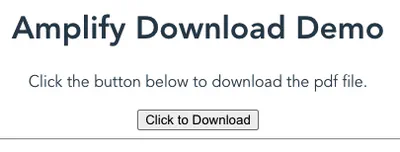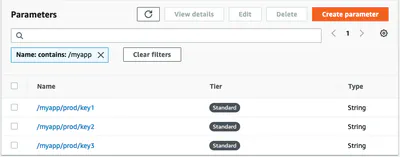Below you will find pages that utilize the taxonomy term “Lambda”
Posts
2021-10-10
AWS Amplify Download Api
AWS Amplify is a framework to accelerate web and mobile application development. I needed to build an API that would return a binary object. Specifically, it allows me to download a PDF file. I could …
Posts
2021-10-04
AWS Serverless Demo Applications
I published a post this summer with a few simple demo applications I use when configuring AWS infrastructure. I needed something similar for a serverless application on AWS. In other words, a Lambda …
Posts
2021-04-24
Lambda Cold Start for ASP.NET (Part 3)
In this final post I’ll list a few additional optimizations for reducing the first invocation times. See part one and two for more details.
Burst CPU According to this video Lambda functions get …
Posts
2021-02-06
Lambda Cold Start for ASP.NET (Part 2)
In part one, I looked at what happens the first time an ASP.NET application is invoked in Lambda. When we left off, we had a roughly 3 second initial response time. In this post I’ll focus on …
Posts
2021-02-05
Lambda Cold Start for ASP.NET (Part 1)
The ability to host an ASP.NET project in AWS Lambda is a great way to get started with serverless. However, cold starts can result in a slow first invocation of the ASP.NET function. In this post …
Posts
2018-04-04
Writing unit tests for Chalice
Chalice is a Python serverless microframework for AWS that enables you to quickly create and deploy applications that use Amazon API Gateway and AWS Lambda. In this blog post, I discuss how to create …



